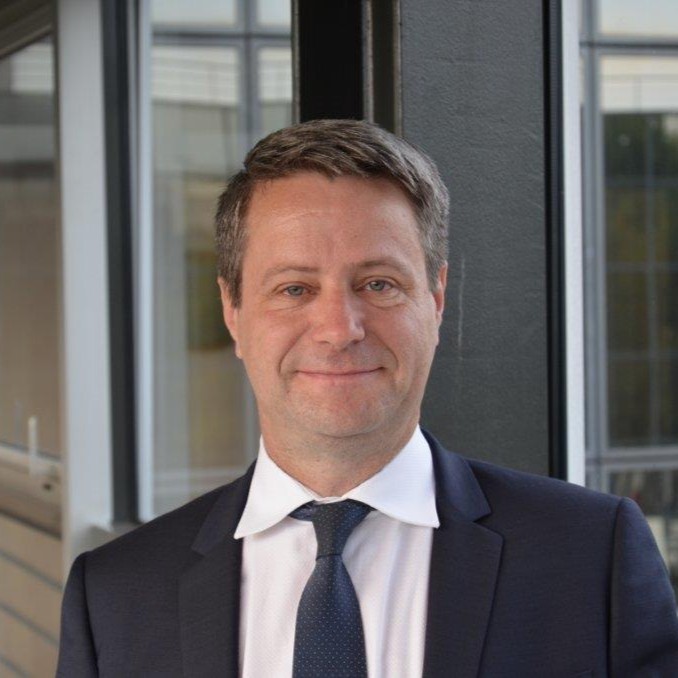Thales

Thales is the world leader in air mobility solutions. An impressive 2 out of every 3 planes around the world land and take-off with the help of Thales. Thales is trusted by key ATM decision makers across 180 nations, and helps key decision makers master complexity and make timely decisions for better outcomes.
Christian Rivierre, Vice-president Airspace mobility solutions, Thales

What is the added value of being a member of the SESAR 3 JU?
Being a member of the SESAR 3 Joint Undertaking provides Thales with the opportunity to take part to the definition of future Research and Innovation activities to be launched in Europe in coming years, and to ensure a proper alignment of technical/functional visions and investments. It is also a unique platform for industry collaboration, where companies can work together to find solutions to common challenges in Air Traffic Management. Overall, this helps ensure long-term competitiveness, business growth, and shape the future of ATM.
Why is air traffic management and its digital transformation important to Thales?
The evolution of Air Traffic Management (ATM) technology has historically been very slow. However, as new users begin to enter the airspace, traditional operational concepts are being challenged more than in recent years. In the current era where data is the new oil, and Industry 4.0 technology is transforming how people and systems interact, the ATM industry is no exception. As a multi-national firm with core capabilities in the aerospace and transportation domains, Thales invests heavily in innovation and is ready to contribute to this revolution in line with our vision to connect people and territories in a sustainable way by ensuring safe, secure, and fair mobility for all airspace users.
What are Thales’ top three innovation priorities?
Patrice Caine, Chairman and CEO of Thales Group, has committed to reducing aviation CO2 emissions by 10% by 2030 through flight path and flight operations, thanks to the combination of our avionics and air traffic management products and services and our expertise in these domains.
Supporting this commitment, innovation in Sustainable Aviation is the key priority for Thales. Secondly, Thales seeks to enable customers to benefit from future Industry 4.0 technologies including cloud architectures through the delivery of a flexible, open, safe, and secure ATM and UTM platform that welcomes access to best-in-breed 3rd party applications. Finally, we endeavour to fulfill our vision of enabling safe and secure access to the airspace for all users with a focus on the integration of ATM and UAS Air Traffic Management (UTM) for drones and future Advanced Airspace Mobility (AAS).
In which flagships of the Digital European Sky programme is Thales particularly interested in getting involved, and why?
The flagships of greatest interest to Thales are consistent with the innovation priorities stated above. First flagship of interest is “Aviation green deal”, in particular regarding trajectory optimization to
reduce environmental impact (CO2and non-CO2), including generalised Continuous Climb & Descent Operations.
Second flagship is “Virtualisation and cyber-secure data sharing”, with the aim of supporting the operational deployment of a more flexible, open safe and secure ATM architecture, relying on the Virtual Centre and ATM Data Service Provider concepts.
Third flagship is “U-Space and urban air mobility”, with the aim of developing UTM, and ensuring effective integration with ATM.
Other flagships are also of high interest:
- “Connected and automated ATM”, with the aim of increasing the level of automation and interoperability supporting ATM operations
- “Air-ground integration and autonomy”, advancing further the development of Trajectory-Based Operations, supported by downlinked aircraft data,
- “Artificial intelligence for aviation”, as a key enabler for a number of other flagship automation-relation programmes.
